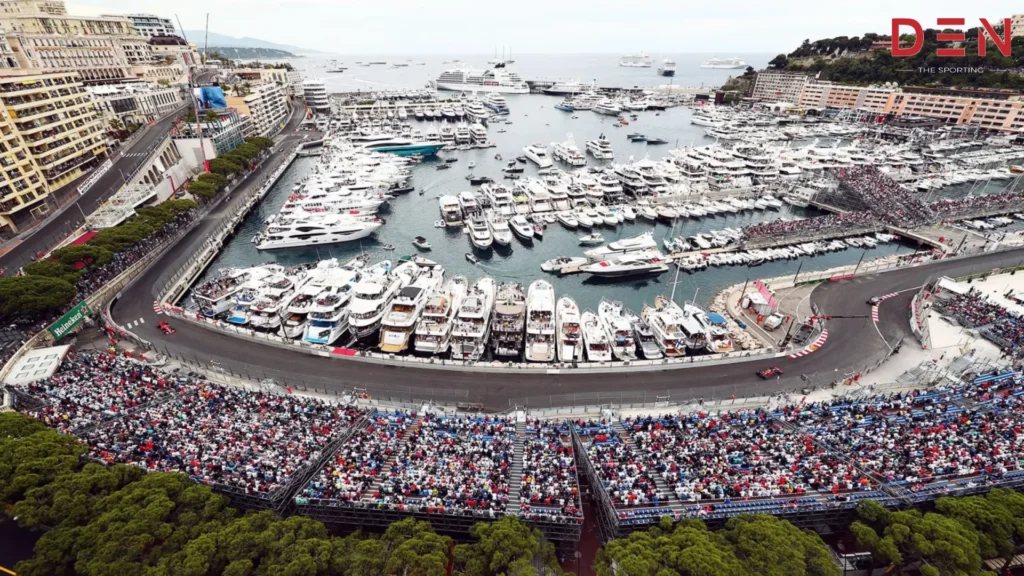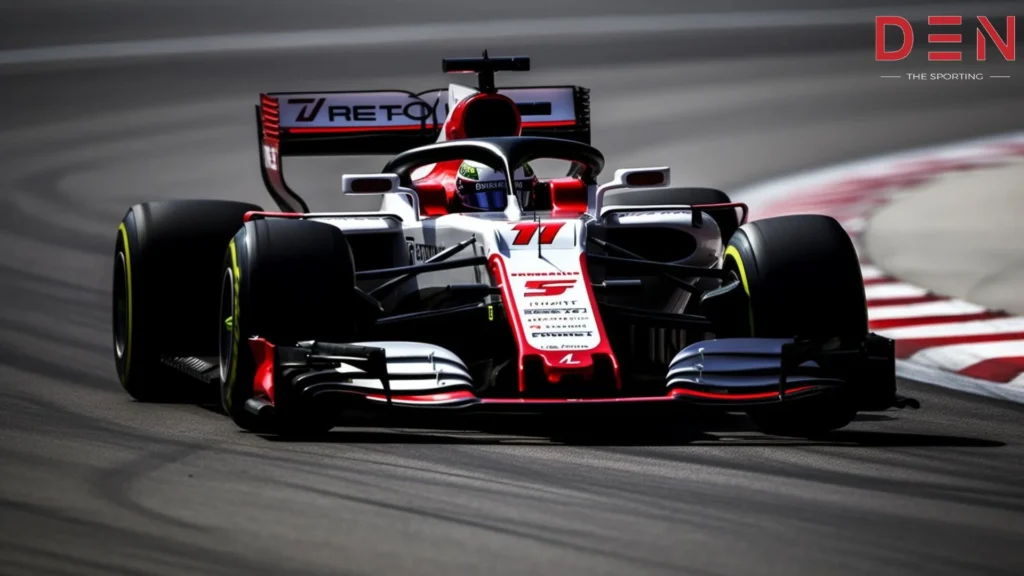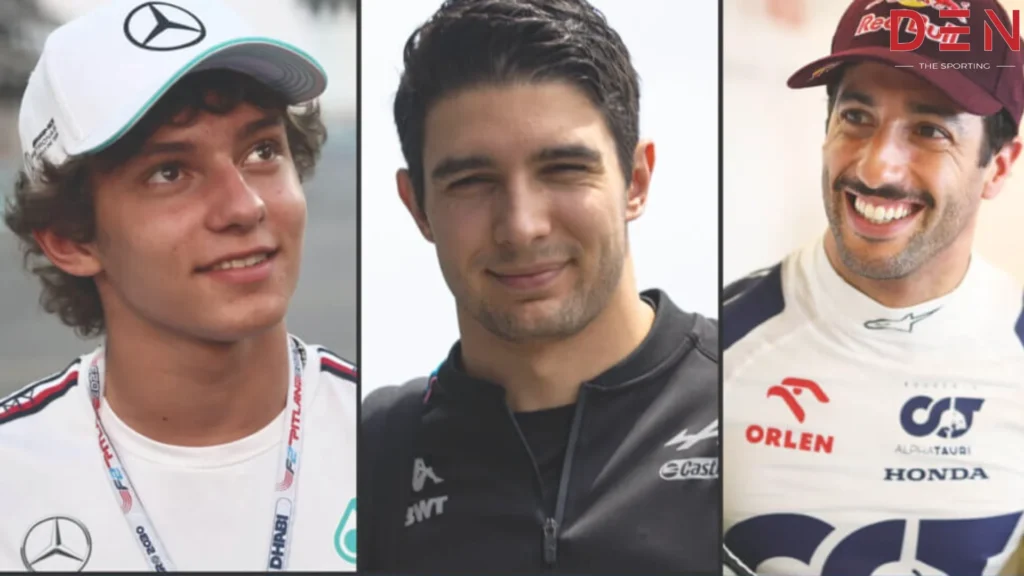
The Monaco Grand Prix isn’t just a race; it’s a spectacle. Narrow streets, iconic landmarks, and glamorous yachts paint a backdrop unlike any other in Formula 1. But amidst the glitz and glamour, one corner stands out for its sheer heart-stopping drama: the Harbor Chicane.
A Legacy of Tight Turns and Precision (1929-1976)
The Monaco Grand Prix, held since 1929, has always presented a unique challenge.
The narrow, twisting roads necessitate remarkable precision and bravery from drivers. The initial Harbor Chicane, implemented in 1972, comprised a double right turn that supplanted a swifter straight. This alteration aimed to enhance safety by slowing down vehicles, and unquestionably injected an exhilarating dimension into the race.
Early renditions of the chicane demanded drivers to cling closely to the harbor wall, allowing minimal room for error. Icons such as Jackie Stewart and Niki Lauda mastered this segment, leaving an indelible mark on Monaco’s racing legacy. However, the corner’s unyielding nature also precipitated numerous accidents, prompting safety apprehensions.
Modifications for Modern Speeds (1976-Present)
In 1976, the chicane was redesigned to be slower and wider. While maintaining its challenge, it offered drivers more room for maneuverability. This change paved the way for modern F1 cars, with their increased power and downforce, to navigate the corner safely yet still push the limits.
Despite the modifications, the Harbor Chicane remains a critical overtaking opportunity. Drivers must balance the risk of a daring maneuver with the potential consequence of crashing into the unforgiving barriers. This delicate dance, played out at over 200 km/h, is what makes the chicane so electrifying for both drivers and spectators.
A Test of Skill and Strategy (2023 and Beyond)
The 2023 Monaco Grand Prix saw several thrilling battles unfold at the Harbor Chicane. Charles Leclerc, starting from pole position, defended his lead fiercely against Max Verstappen, with both drivers showcasing their mastery of the tight corner. This year’s race also highlighted the strategic importance of the chicane. Pit stops and tire management played a crucial role, with drivers calculating risks and rewards as they navigated this challenging section.
Looking ahead, the Harbor Chicane will continue to evolve. Ongoing discussions suggest potential modifications to improve racing and overtaking opportunities. However, one thing remains certain: this iconic corner will forever be a defining feature of the Monaco Grand Prix, a testament to the sport’s blend of skill, strategy, and pure adrenaline.
Suggested Read: Formula 1 History: A Roaring Journey of Speed and Spectacle
FAQs
A tight corner testing driver skill and separating the best from the rest.
It juts out onto a man-made harbor platform, a unique feature of the Monaco circuit.
Absolutely! It creates a passing opportunity and adds a layer of strategic complexity.
Here is the official website of Formula 1: (https://www.formula1.com/)
Summing Up: A Corner Steeped in History and Drama
The Monaco Grand Prix’s Harbor Chicane is more than just a corner; it’s a microcosm of the entire race.
It requires exactitude, valor, and tactical genius, stretching drivers and teams to their utmost capabilities. This pulse-pounding segment has been witness to numerous clashes, victories, and disappointments, cementing its status as one of motorsport’s most legendary corners. Thus, when the symphony of engines reverberates along Monaco’s streets, bear in mind: the Harbor Chicane is where icons are forged, and where Formula 1’s genuine enchantment takes flight.
David Conn, a distinguished sports journalist with 20 years of experience, is a trusted voice in sports reporting. Known for his precision in dissecting NFL plays, analyzing NHL strategies, exploring soccer finesse, and diving into basketball tactics, Conn brings an unwavering commitment to storytelling. Join us as we explore the dynamic world of sports through Conn’s nuanced understanding of athletes, strategies, and narratives in NFL, NHL, football, soccer, basketball, and more.



